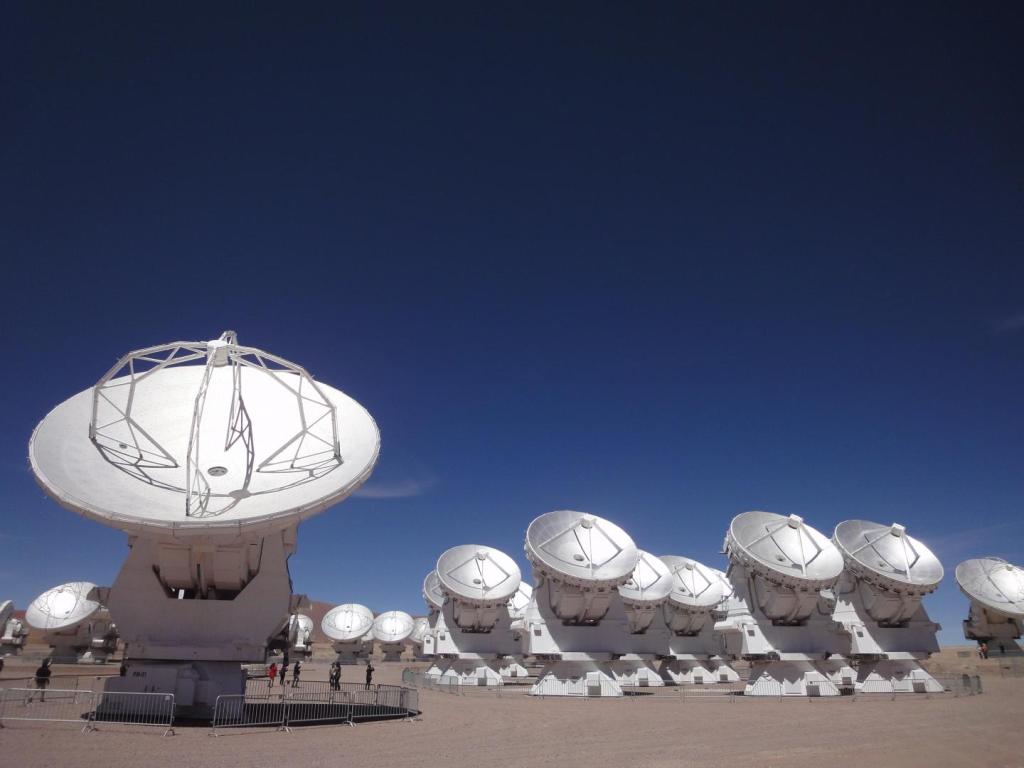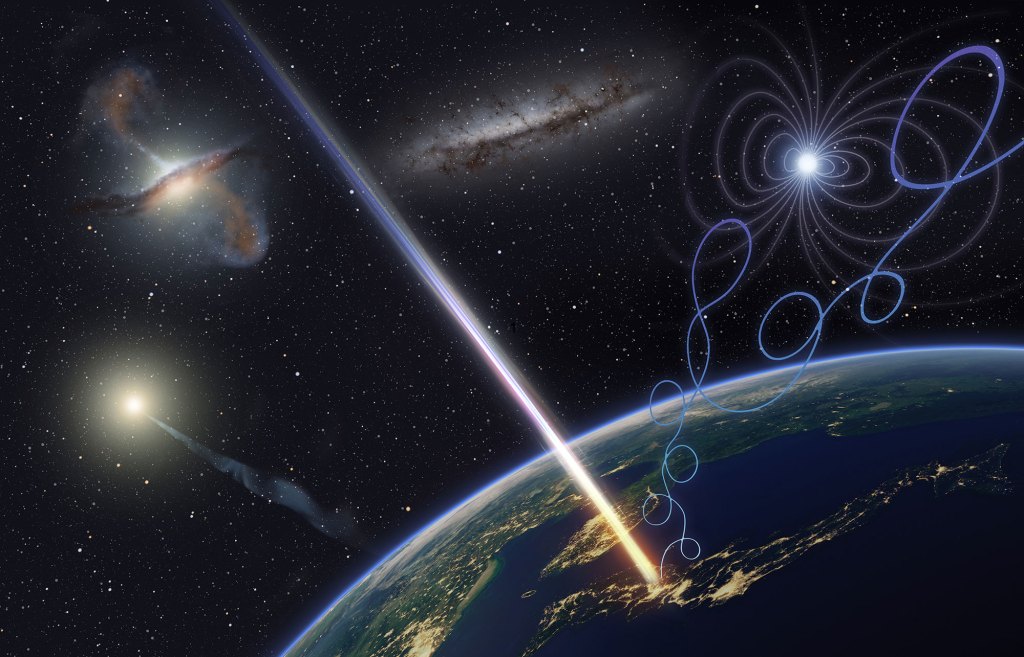Astronomers have discovered 39 formerly “invisible” galaxies located in the deepest reaches of space and time. The surprising detection challenges current models of galaxy formation in the early universe, according to a study published on Wednesday in Nature.
These galaxies formed within the first two billion years of the universe’s 13.7-billion year lifespan, and were about as massive as 10 billion of our Suns on average.
Videos by VICE
“Their masses are a bit smaller than the Milky Way in today’s universe, but they were among the largest/most massive ones of their epoch,” said lead author Tao Wang, an astronomer at the University of Tokyo, in an email.
Eventually, Wang noted, these ancient objects coalesced into the supermassive galaxies observed in the modern universe, which can be five to ten times bigger than the Milky Way.
Despite their impressive scale, the 39 newly-discovered galaxies are so shrouded in gas and dust that they don’t show up in the near-infrared H-band, which is an extreme side of the light spectrum that most telescopes cannot capture. For this reason, these galactic elders (dubbed “H-dropouts”) have remained invisible to astronomers—until now.
“This discovery shows that they are indeed there; it is just that they are so dusty that they cannot be seen in visible light,” Wang said.

Wang and his colleagues noticed subtle traces of the H-dropouts in infrared imagery obtained by NASA’s Spitzer Space Telescope. Convinced that they might be looking at “optically invisible” galaxies, as the study calls them, the researchers followed up on the data using the Atacama Large Millimeter/submillimeter Array (ALMA).
An array of 66 radio antennas that stretches across 71,000 square feet of high-altitude Chilean desert, ALMA is specifically designed to pick up faint far-infrared light. While the array was able to resolve the H-dropouts in more detail than Spitzer, Wang and his colleagues still double-checked the detections using the Very Large Telescope, also located in Chile’s Atacama Desert.
The results confirmed the existence of these early H-dropout galaxies, which have not been accounted for in most models of the early universe.
“The major discrepancy between our discovery and current popular galaxy formation models is that the observed number of these massive and dusty galaxies is much larger than that found in models/simulations,” Wang said.
Wang and his colleagues also noted that next-generation observatories such as NASA’s James Webb Space Telescope (JWST), due for launch in 2021, will enable astronomers to peer even more closely at these mysterious structures.
“With JWST we could do spectroscopy in the mid-infrared, which would be key to unveil the properties of stellar populations and chemical abundances of these galaxies,” Wang said. “These observations will be critical to constrain their formation history, which is essential for us to understand the physics involved in their formation.”




